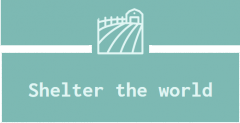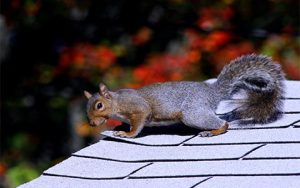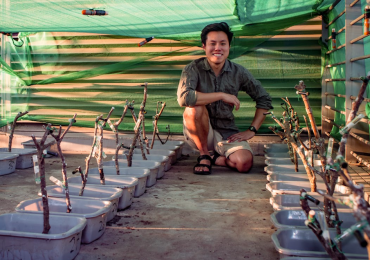PACIFIC OCEAN, Saturday, 28 June 2025 – Greenpeace Aotearoa activists have confronted a bottom trawler in the South Pacific ocean, east of New Zealand, rebranding it “ocean killer”, after witnessing it haul in a net straining with marine life.
Launching from the Greenpeace vessel Rainbow Warrior, activists came alongside the New Zealand-flagged ship, Talley’s Amaltal Atlantis, on the Chatham Rise[1] on Friday afternoon, and painted the message on its hull with non-toxic paint.
Greenpeace Aotearoa activists confront the Talley’s bottom trawler Amatal Atlantis on the Chatham Rise, painting “ocean killer” on its hull to protest destructive bottom trawling.
The Rainbow Warrior is off the coast of Aotearoa campaigning for an end to New Zealand’s destructive bottom trawling in New Zealand waters and the Tasman Sea.
Speaking from onboard the Rainbow Warrior, Greenpeace Aotearoa spokesperson Juan Parada says: “Appalled by the most recent evidence of destruction, people defending the oceans rebranded this Talley’s vessel today to expose the bottom trawling industry for what they are: ocean killers. When Talley’s bottom trawlers drag their heavy trawl nets across the seafloor and over seamounts, they bulldoze everything in their path, including killing precious marine life from coral to fur seals, dolphins and seabirds.
“We’ve all seen the shocking footage of bottom trawling in David Attenborough’s film Ocean, and it’s happening right here, right now.
“Faced with a fishing industry that profits from trashing the ocean, and a government that condones bottom trawling, we’re proud of the peaceful action taken today to call out this destruction and demand that bottom trawling stop.
The Amaltal Atlantis trawls in the waters of Aotearoa, and has previously received permits to trawl in the High Seas of the South Pacific. Their trail of destruction is wide and long-lasting,” says Parada.
New Zealand is the only country still bottom trawling in the high seas of the Tasman, between Australia and New Zealand.
The at-sea action comes just months after a deep sea expedition led by Greenpeace Aotearoa documented whole swathes of destroyed coral in areas of the Tasman Sea that have been intensively trawled by New Zealand bottom trawlers. This area has been earmarked for one of the first high seas ocean sanctuaries under the Global Ocean Treaty.
Talley’s vessels trawl in Australian waters; the Amaltal Explorer has been trawling for endangered orange roughy off Tasmania, after being allowed back in Australia’s waters last year. In 2018, the Amaltal Apollo trawled in a protected area on the Lord Howe Rise, in the international waters of the Tasman Sea between Australia and New Zealand.
Greenpeace Aotearoa activists confront the Talley’s bottom trawler Amatal Atlantis on the Chatham Rise, painting “ocean killer” on its hull to protest destructive bottom trawling.
The Rainbow Warrior is off the coast of Aotearoa campaigning for an end to New Zealand’s destructive bottom trawling in New Zealand waters and the Tasman Sea.
It also comes just weeks after Greenpeace Australia Pacific activists disrupted an industrial longliner between Australia and New Zealand, and revealed the devastating impacts of industrial fishing on marine life in the South Pacific.
Greenpeace Australia Pacific is calling on the Australian government to ratify the Global Ocean Treaty and propose high seas marine protected areas, including large protected areas in the Tasman Sea.
In a statement responding to the protest, Talley’s said it would seek legal action which “may include the arrest of the Rainbow Warrior.”
—ENDS—
Contacts:
Nick Young, Greenpeace Aotearoa: +64-21-707-727
Kimberley Bernard, Greenpeace Australia Pacific: +61 407 581 404 or kbernard@greenpeace.org
Photos and videos available for media on request
Notes:
[1] The action took place in the Chatham Rise area, where it was recently revealed a New Zealand vessel dragged up six tonnes of coral in a single trawl.
The paint used to paint the hull is water based and non-toxic
In the period 1990 to 2004 the total area trawled in NZ waters was 465,100 square kilometres – almost double NZ’s land mass.
Leave a comment





